Size: H 12cm - diameter of the saucer: 22,5cm
Sèvres manufactory, circa 1819.
In 1740 a manufactory was set up in Vincennes for the production of soft-paste porcelain – a substitute for the “true” hard-paste version. the manufactory was transferred to specially designed facilities at Sèvres in 1756. Fitted out with royal privileges, the Vincennes-Sèvres manufactory enjoyed a spectacular success thanks to the happy conjunction of first-rate materials, a high level of technical know-how and a taste inspired by modernity. Its models were designed by such renowned artists as François Boucher (later to become first painter to King Louis XV), in 1749. The royal goldsmith, Giovanni Claudio Ciambellano, called Duplessis Père, created the better part of the forms used at the manufactory from 1747 until his death in 1774. As from 1752 the sculptures were deliberately left in biscuit to distinguish Sèvres’ work with the German production (Meissen). Etienne-Maurice Falconet, director of modelling from 1757–66, was key to the success of the white Sèvres biscuit.
Two Sèvres researchers discovered the first kaolin deposit on French soil, near Limoges, in 1768. Hard-paste porcelain was marketed at Sèvres from 1770.
The style of the period was shifting from baroque to neo-classicism. The transition was reflected in the allegories and mythological subjects of Sèvres sculpture – from 1773 to 1800 under the direction of Louis-Simon Boizot, a member of the Royal Academy.
During the Revolution, new patriotic themes infused the works of Sèvres. In 1800 the savant Alexandre Brongniart was appointed head of the factory, a post he was to keep for 47 years. During the Napoleonic Empire, all the styles underwent a radical renewal. New themes emerged during the Restoration of the Bourbons (1815–30); Alexandre-Evariste Fragonard, a Sèvres designer and son of the famous painter, figured prominently among the artists of the period. In addition to new forms and patterns, the Second Empire saw a return to themes of the ancien régime and a revalorization of sculpture after a spell of disaffection.
Upon the advent of the Third Republic (1870), the factory set itself apart from the nascent industry by opting to preserve the traditional crafts that had been handed down from generation to generation – even unto the present day. The French State offers the manufactory new buildings in 1876, bordering on Saint-Cloud Park. (Today, home to the Sèvres National Factory and the National Ceramics Museum). Albert Carrier-Belleuse, artistic director from 1875–87, wrought a modernization of styles; Auguste Rodin spent several years working at Sèvres doing research into glazed engravings.


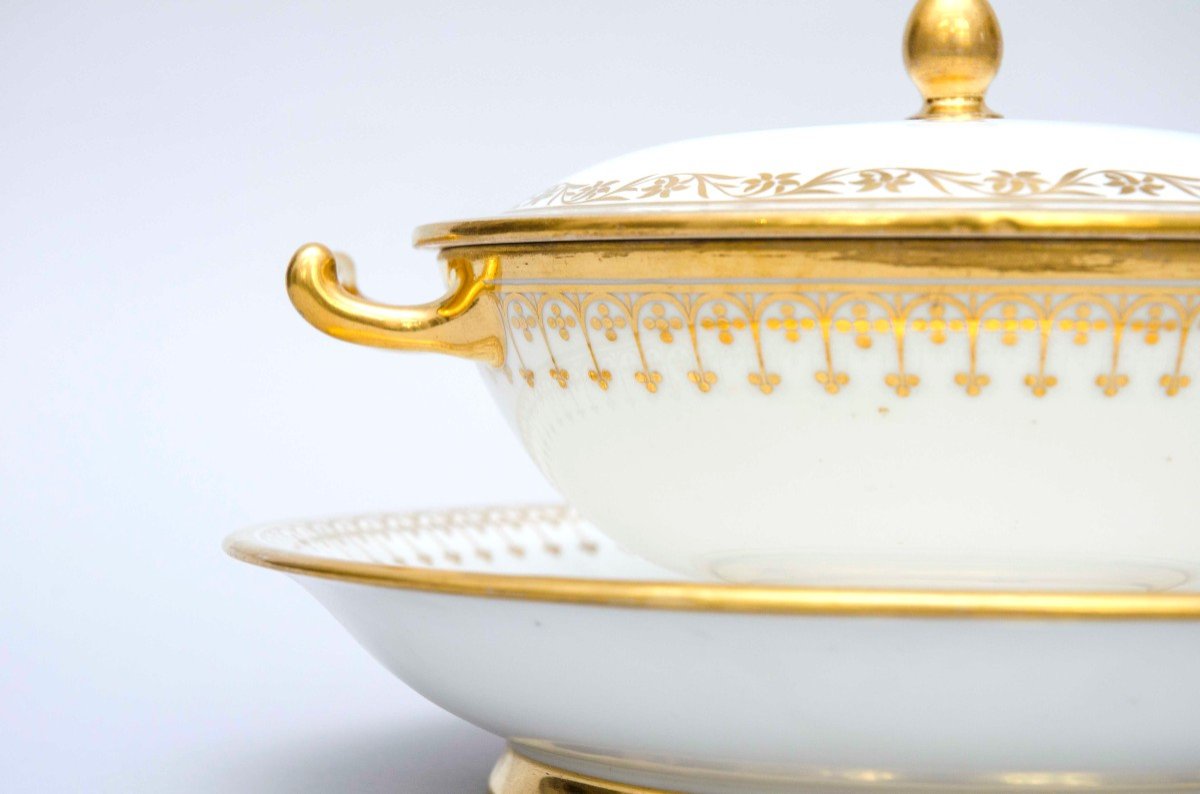
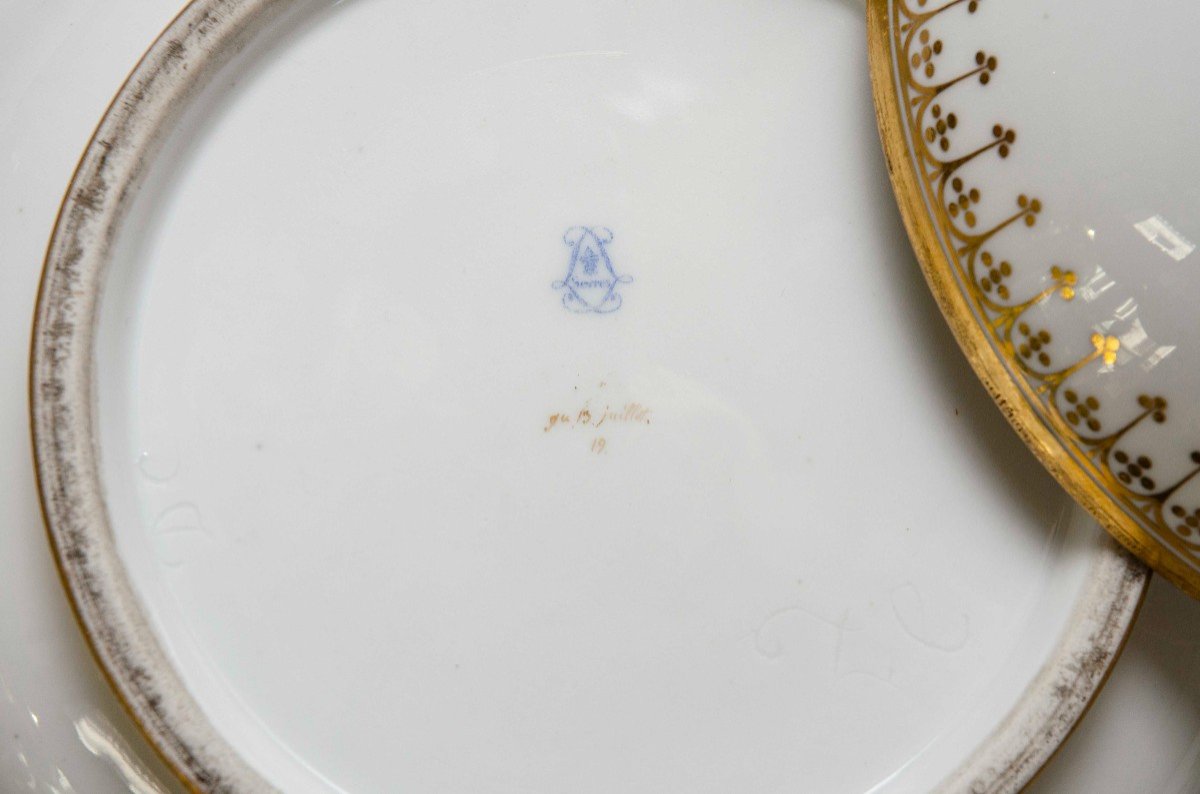
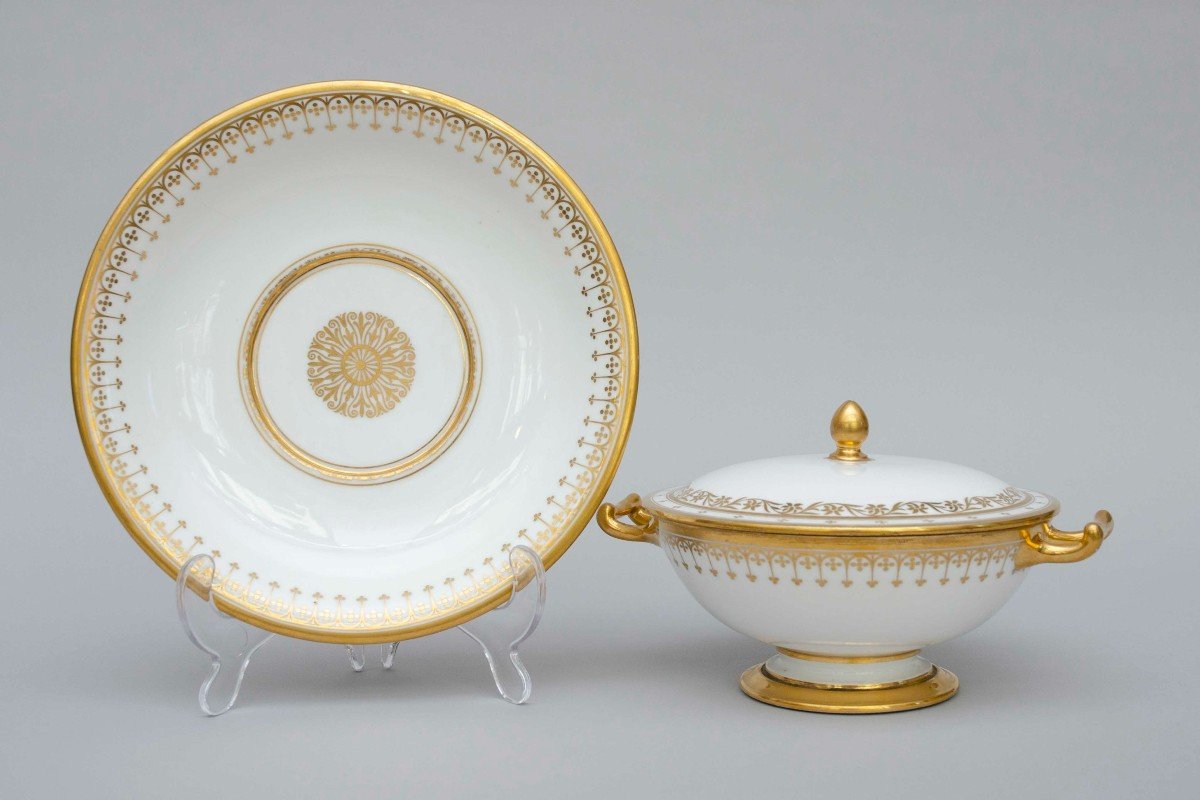
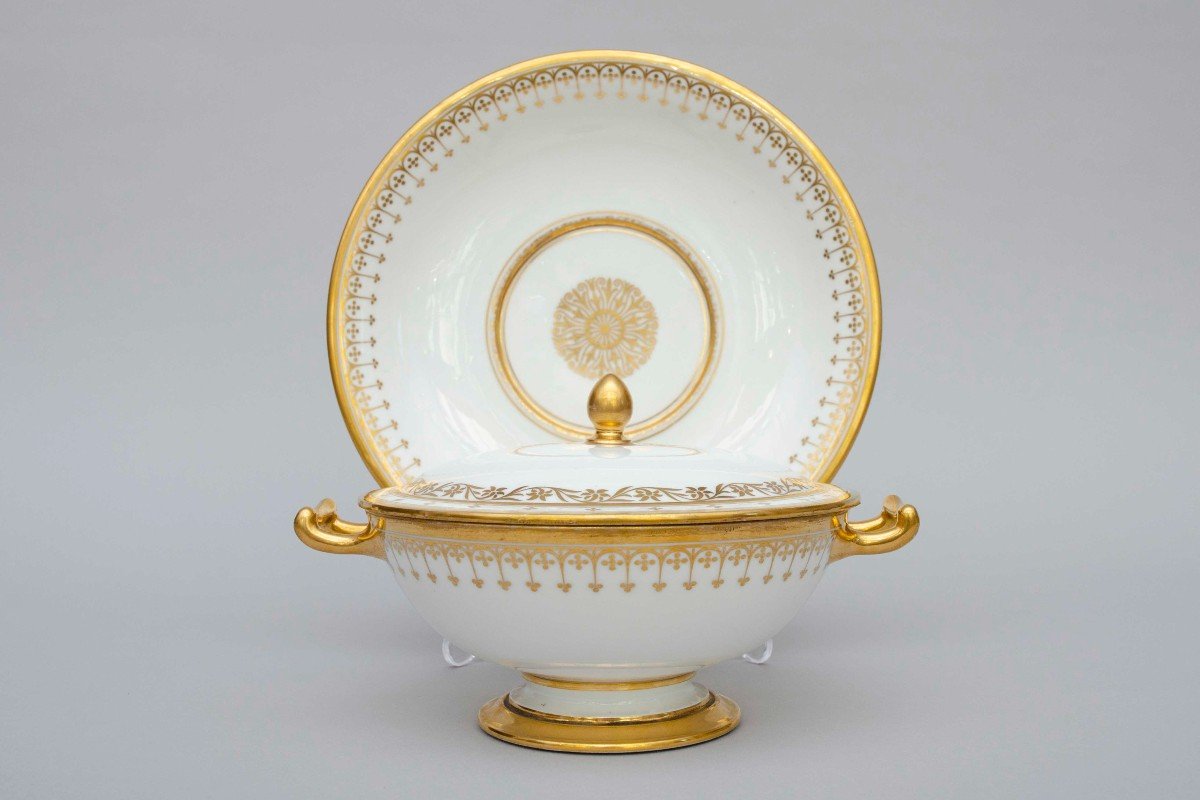
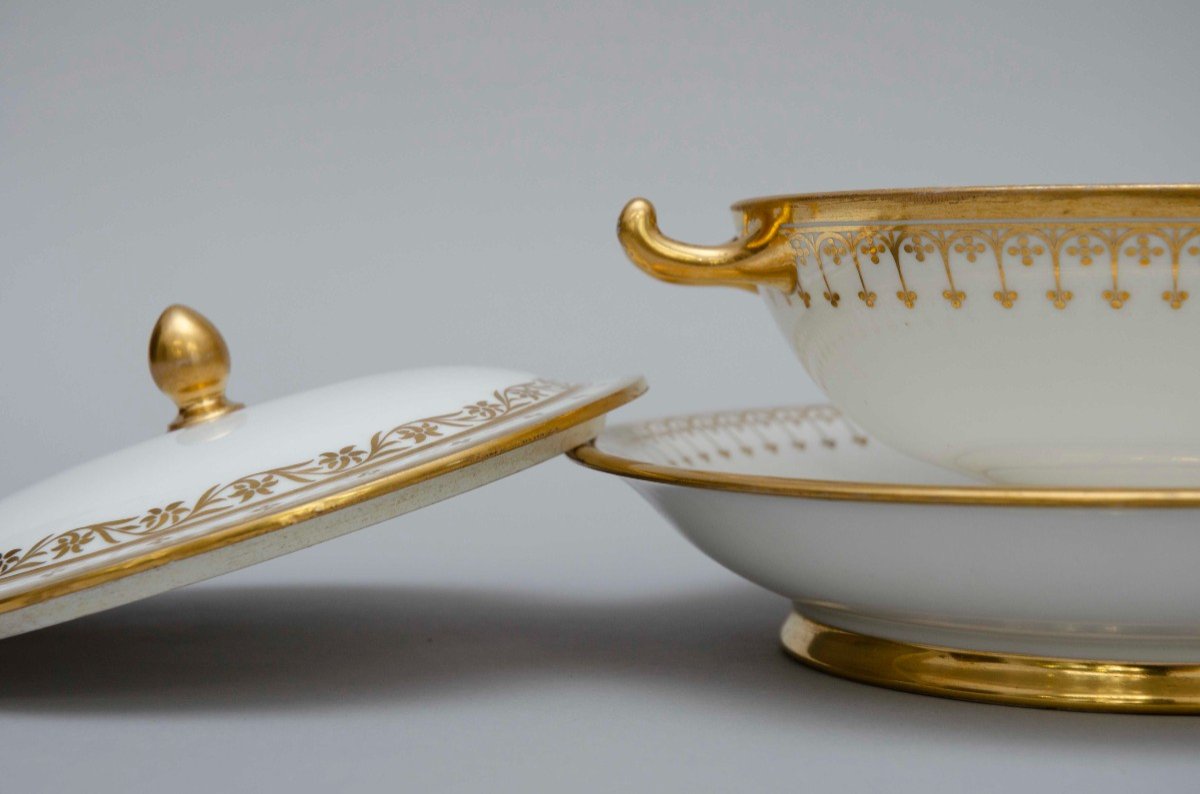
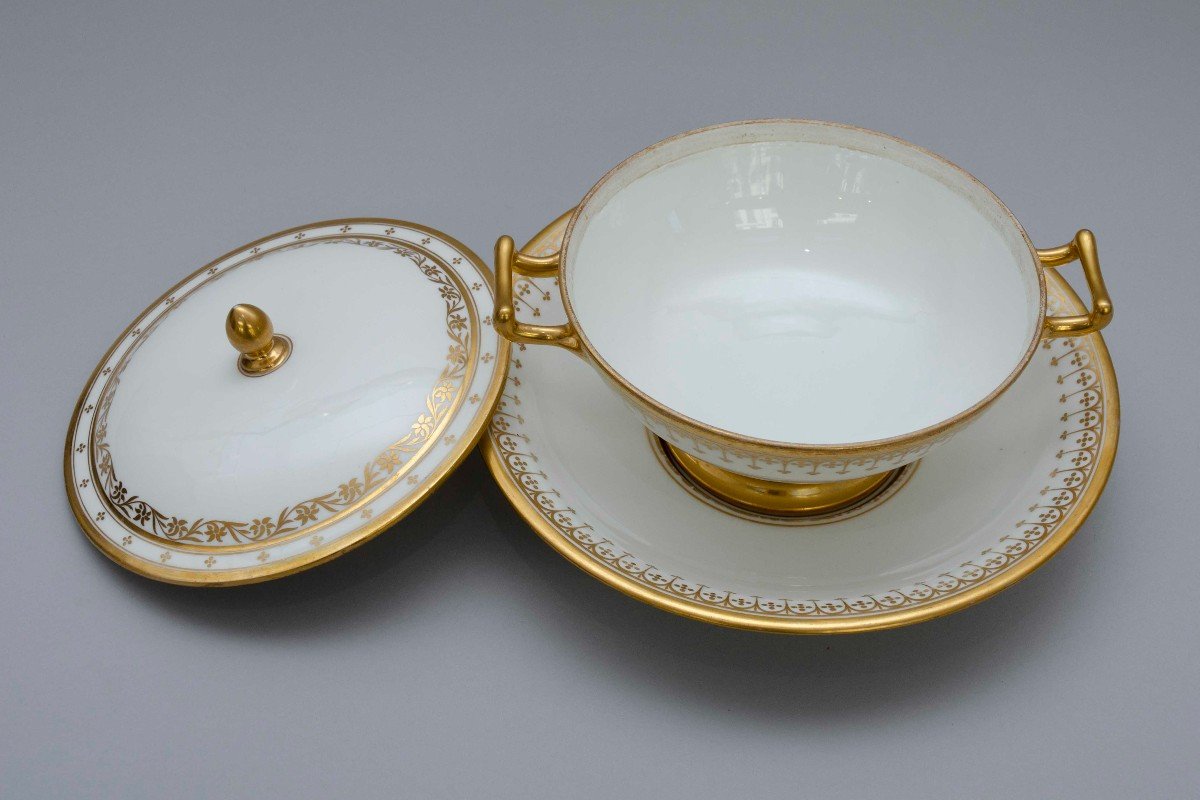
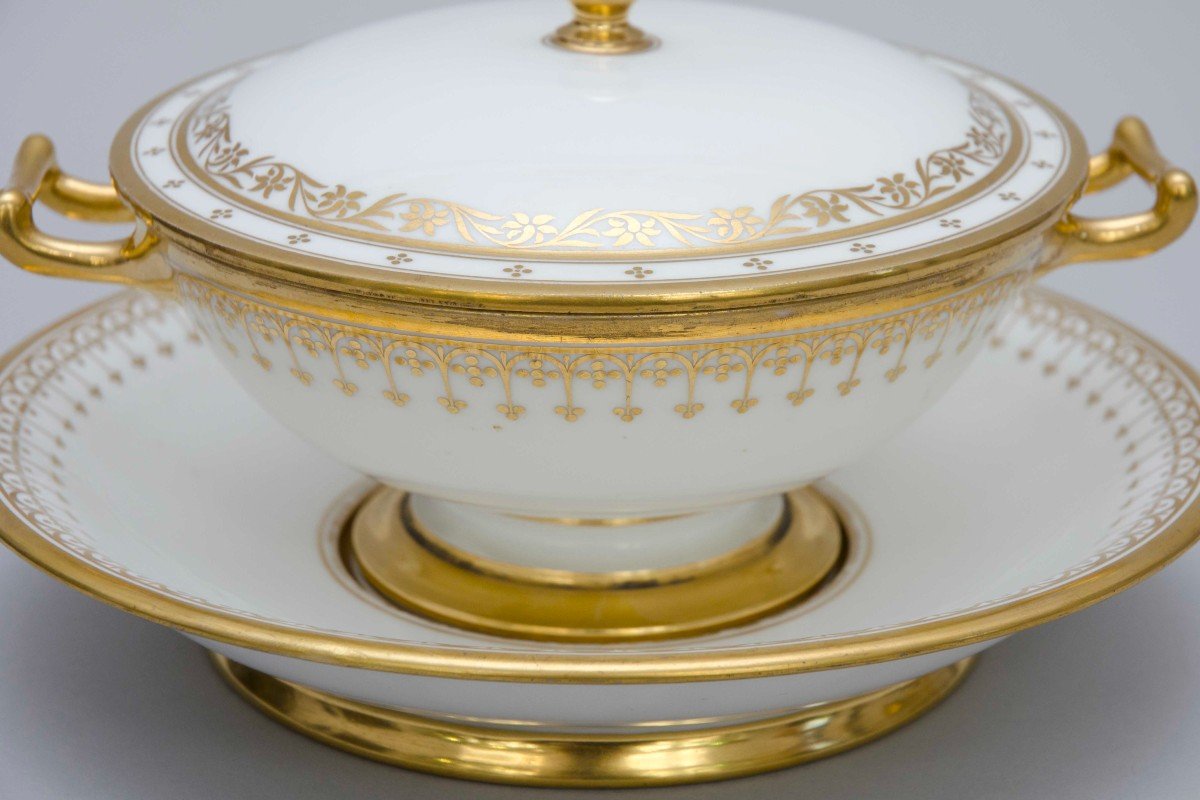









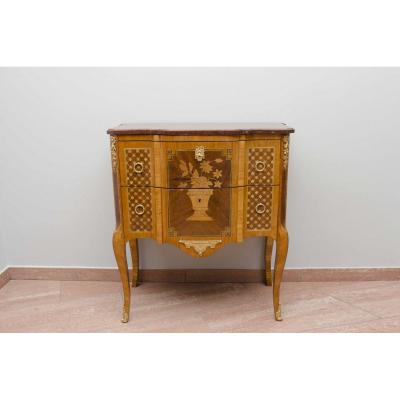
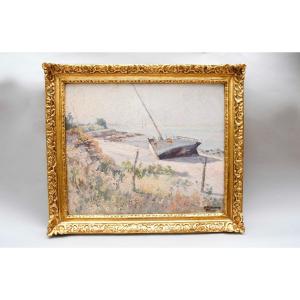
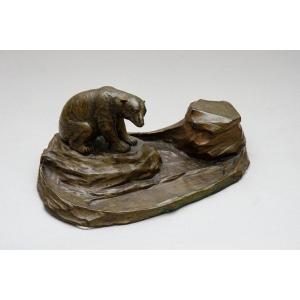






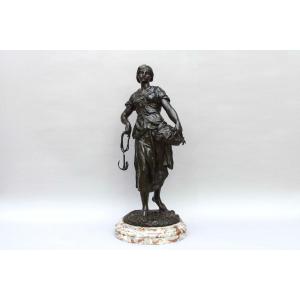

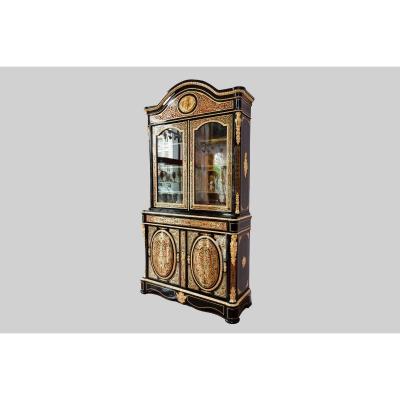
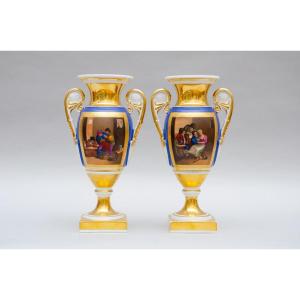
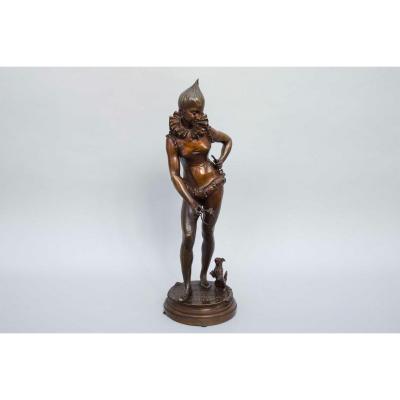
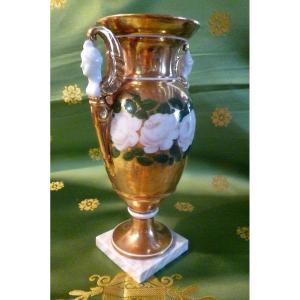
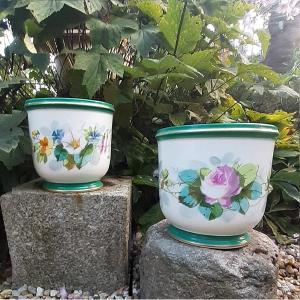
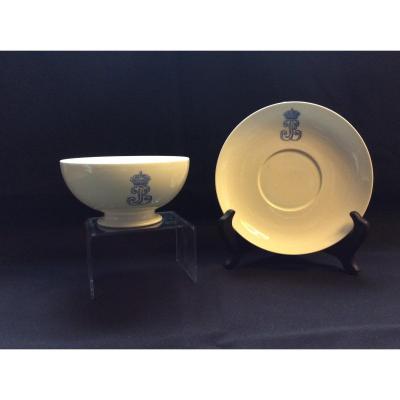





 Le Magazine de PROANTIC
Le Magazine de PROANTIC TRÉSORS Magazine
TRÉSORS Magazine Rivista Artiquariato
Rivista Artiquariato